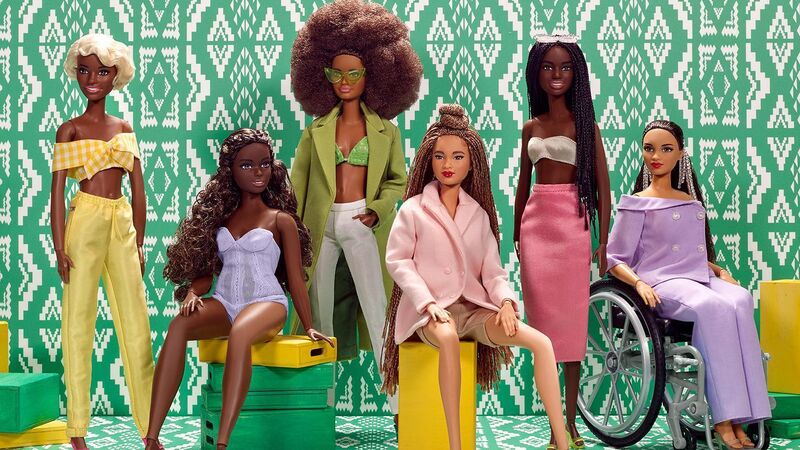World Barbie Day: Why inclusion and diversity matters when it comes to dolls

2020 Barbiestyle x Shiona Turini line (Mattel/Barbie/PA)
Barbie is one of the most iconic dolls globally – and she’s most famously known as having white skin and blonde hair.
Barbie creator Ruth Handler, who brought the doll to the world in 1959, once said “my whole philosophy of Barbie was that through the doll, the little girl could be anything she wanted to be”. But this mantra can be hard for children to follow if dolls aren’t representative of what they look like.

Celebrating 25 years of health and wellbeing








